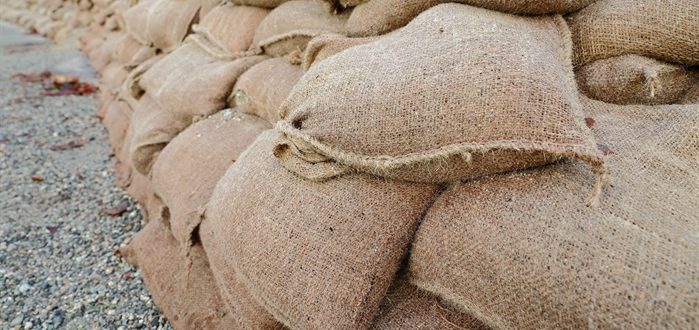2 Inside & Outside Ways to Avoid Water in Your Basement
It’s darn near mid August and you know what that means.
Hockey season is right around the corner.
You know what other season is right around the corner?
I’m sorry, but it’s our duty to inform you that fun in the sun has a shelf life. It’s not going to last forever. Actually, come to think of it, it’s one of the reasons it’s so fun to write for the Pump & Power blog. It’s our job to complain about the weather!
But why are we reminding you of your choice to live in the lower mainland, a land that rarely sees the sun between October and March?
Because we want your basement to stay dry this fall and winter. It doesn’t matter if you just built your house or you’ll living in a 20th century character home, flooded basements are a reality of life on the west coast. New homes can flood if something was built or installed improperly. Old homes can flood if something deteriorates beyond a level at which it can function properly.
Stuff breaks. Stuff fails.
It’s why business is so good! But we’d really rather you fix the problem on your own first.
So how can you spot the signs of impending basement flooding? Here’s a list you can print out and stick to your fridge so you’re prompted to take action immediately.
Investigate Your Sump Pump
Your sump says a lot about you as a person. Mainly whether you keep close tabs on your home’s drainage system or you let clogged sumps run unchecked. Really, it tells people whether you’re a practical home owner or you like to live life on the edge.
And not the good kind of edge.
If you want to avoid a soggy basement in November, then take a look at your sump’s outlet. If the water level has risen above the outlet then you’ve got a dangerous drainage problem. This water needs to be pumped out to make room for the fluid that’s about to flow in the fall. Two inches below the intake is the standard water level you should allow, especially if your basement is at a lower elevation than your municipal sewage system.
Red iron is another dangerous indicator of a sump that’s going to betray you. This nasty stuff is a mineral that swells in your pipes, especially in moisture-heavy climates like Vancouver Island’s and the lower mainland’s.
Say No to Standing Water on Your Lawn
No, the puddle collecting in the small valleys on your lawn won’t magically transform into a beautiful boost to your home’s curb appeal. This isn’t a professionally landscaped water feature that’s built to look good and assist with your home’s drainage.
That’s what it isn’t. What it is? Slow flowing or standing water, which could mean:
- Downspouts are clogged
- Your yard was graded improperly
- A drainage line is broken or backed up
In each case, that water is going to continue to rise as the rain starts to fall, and gravity might just take it right back into your basement.
Inside and outside, pumps and lawns. Makes sense, right? As always, if you don’t know how to check your sump’s outlet or you’re unsure of standing water, give us a shout. Best to do it now instead of waiting for the rain!.

